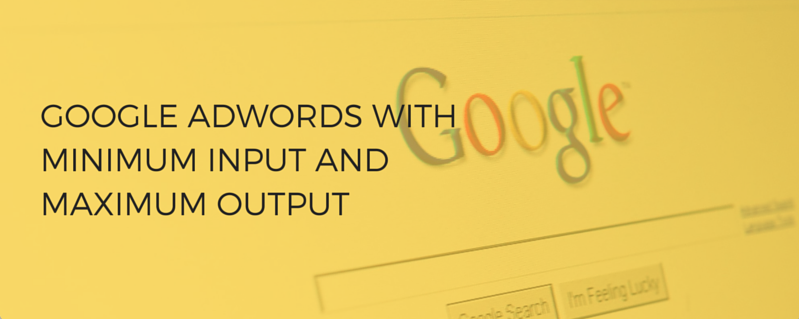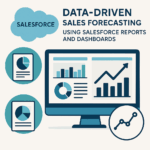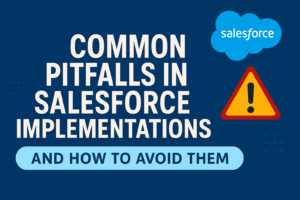BLOG
5 Ways to Reduce CPC that Actually Work
Google Adwords changed the way we do search engine marketing across the interwebs, but if you’re not careful, this useful tool can turn into an expensive marketing venture. If you let your cost-per-click (CPC) get too high by bidding on high-priced keywords, then you might see a low return-on-investment (ROI).
Here are five easy ways to reduce CPC improve on your paid search investment.
One ad group = one keyword
Sounds crazy, no? Perhaps, but before you think that this can’t be done, hear us out first.
It’s no secret that the best search engine marketing campaigns are so finely tuned and targeted to their audiences. Your goal should be the same. You should be narrow each ad group down to just one keyword – one keyword to describe them all. Ideally, this keyword will be the most popular among an ad group and will therefore be the most searched on that target group.
Once you have that word, create a highly-relevant ad for that keyword, along with a specific landing page. The ads and the landing page should have the same overall message and point viewers in the right direction. This is a great way to give viewers a unique tailored experience that seems to be created just for them.
Start small with this venture and see how it does for one group. If it works, use this strategy with your other ad groups. Your keyword’s CPC may still be high (all the most relevant keywords are), but if you’re only using one keyword per ad group, then you should still see your overall costs go down
Improve your quality score
Google’s quality score can be a nightmare for users, especially those just starting out. The quality score exists because Google wants to make sure that its advertisers are creating quality ads and landing pages, not just spamming users. When your click-through-rate (CTR) goes up, so does your quality score.
Your CTR measures how many people are clicking through your ads and landing pages to your website or other pointed website. If you’ve successfully implemented step one, then you should see your highly-targeted keywords working for you and improving your CTR. When your CTR goes up, so does your quality score.
A higher quality score means that lower CPC rates can finally be a reality. If you play by Google’s rules and create great ads and landing pages, the search engine will reward you for your efforts by charging just a bit less.
Always challenge your strategy
So you’ve chosen one keyword per ad group, crafted a finely-tailored ad and landing page and improved your CTR and quality scores. Sounds like you’re done, right?
Not at all. The market is always changing. What was once a relevant keyword for one ad group one day is now only the third most popular keyword for that same ad group a week later. Luckily, because pay-per-click (PPC) marketing is so fast paced, you won’t have to wait long to see whether or not your campaign is successful.
Just as the market changes, you should always be mixing your most successful ads and landing pages with new ads and landing pages that target the same keyword from a different angle. Now compare them and see which one does better, You might find that your original ad is still the winner, but your new ad could beat out the other one.
Since PPC works so quickly, you won’t have to wait too long for the results. This is a great way to keep challenging yourself and keep in touch with each ad group’s marketing trends. As they shift their focus from one keyword to another, you’ll be ready and waiting to show them more relevant content.
Bid less for keywords
Assuming you’ve completed the previous three steps, you should be making progress. Your CTR should be up on your keywords, you quality score should be solid and your page ranking in general should be up. That means that your CPC should also be going down, right?
Yes and no. Yes, it should be going down. No, it doesn’t all the time. Though your CPC should only be one cent higher than the rank below you, sometimes the keyword stays expensive overall and even the lower rankings find themselves paying more
If that’s the case, then start casually dropping your bid in decrements, usually only a few cents at a time. This step should be done carefully because you don’t want your ranking or average position to suffer. Keep lowering your costs like this so overtime you end paying much less for the same keyword.
The important thing to remember in this step is that sacrificing your volume of visitors for the cost is not worth it. Sure, you might pay an average of 20 percent less, but if you get only 60 percent of your original volume, then what’s the point? You’re still paying a higher price, but only getting a small fraction of leads.
Add negative keywords
You know that keywords bring up your ad when users search for them. Negative keywords work in the exact opposite way. They actually repress your ad from being shown when someone searches for a specific keyword or phrase. You could, for example, add the word “Sydney” to your negative keywords so ads for your Perth-based property development company do not appear to people searching for Sydney properties.
Your search query report will give you a full list of all the keywords and phrases that your ad is appearing for. Go through that list and determine which keywords and phrases your ad is appearing for that you don’t want to actually pay for. You might not want your ad to appear with the keyword “free” because you’re not offering anything free or with “commercial” properties because your company deals with residential properties only.
As you keep your list updated, your ads will become more targeted and reach people who are more likely to respond to your ad.
If you’re diligent about involving all points of this article, you should see some positive changes in your Google Adword campaigns. Remember, trial and error is key. Keep trying out new ad tactics to see which ones work best with your respective audience members.












